Sweet Sorghum
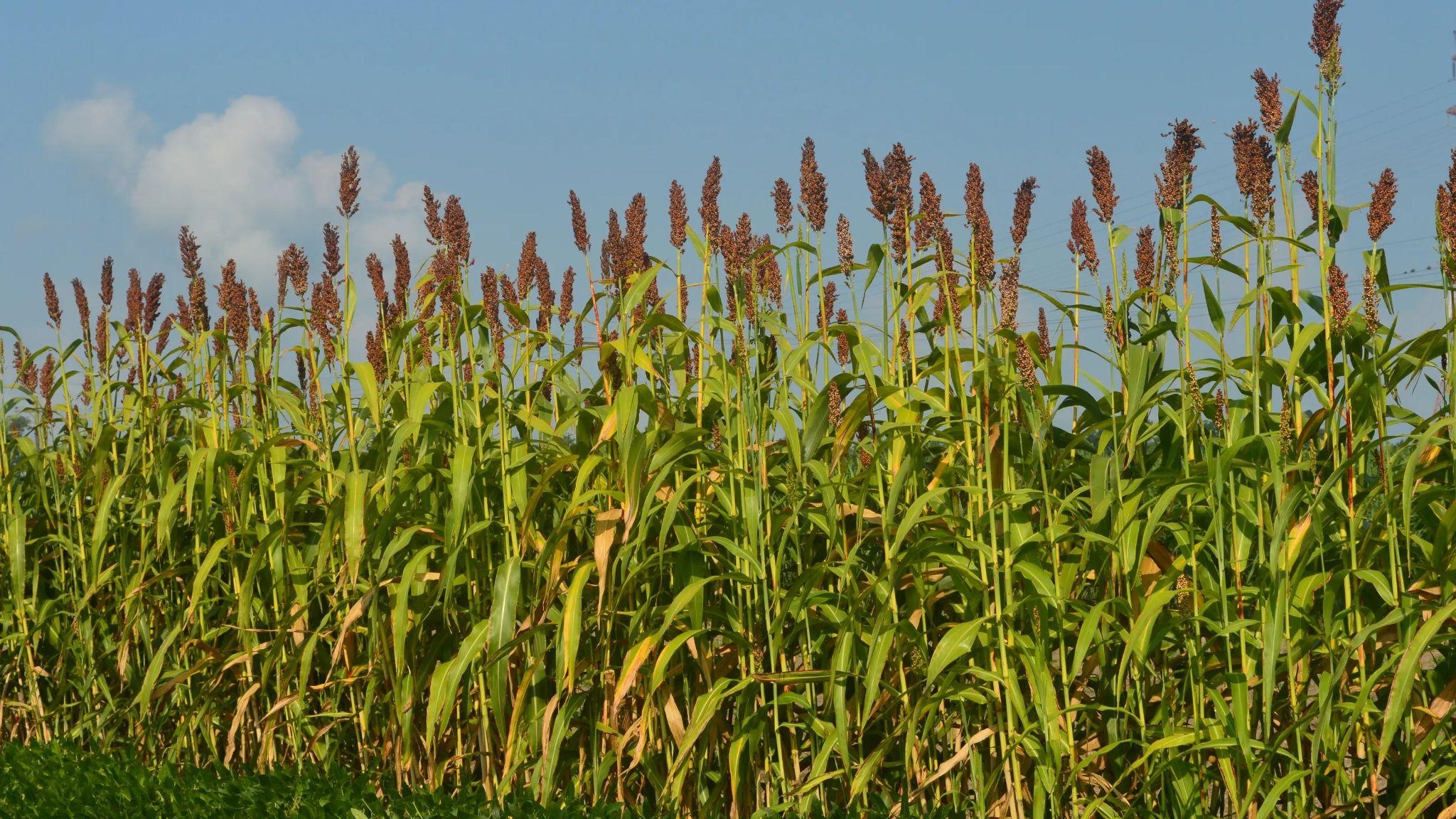
- 24 May 2024
Why is it in the News?
Governments should be using their agriculture extension services to raise awareness among farmers, and consumers about the benefits & practical applications of sweet sorghum in people’s diet.
About Sweet Sorghum:
- Sweet sorghum is the most important millet crop occupying the largest area among the cereals next to rice.
- It is mainly grown for its grain and fodder.
- Alternative uses of sorghum include commercial utilization of grain in the food industry and utilization of stalk for the production of value-added products like ethanol, syrup jaggery and enriched bagasse as fodder and as a base material for cogeneration.
- Sweet sorghum has emerged as a supplementary crop to sugarcane in dry land pockets for the production of ethanol.
- The success rate is high because of the use of existing machinery available in the sugar factories and attached distilleries.
- The advantages of the crop are it can be grown with limited water and minimal inputs and it can be harvested in four months.
Climate and Soil:
- Sweet sorghum can be sown in June with the southwest monsoon, in September-October with the northeast monsoon (500-600 mm rainfall), or in summer with assured irrigation.
- The crop prefers moderate rainfall; excessive moisture or heavy rain after flowering can reduce sugar content.
- With irrigation, early sowing before June can prevent issues with heavy rains during flowering and grain maturation.
- Summer sowing may result in lower biomass and sugar yield. Sweet sorghum thrives in well-drained soils of medium depth (18" and above), with water requirements varying by soil type (red, black, laterite, and loamy).
Multiple Uses of Sweet Sorghum:
- Sweet sorghum is a versatile crop used for grain, animal feed, and sugary juice.
- Its grains are made into steamed bread, porridge, and beer, providing high nutritional value with proteins, carbohydrates, fibre, and essential minerals like potassium, calcium, sodium, and iron.
- Resilient in arid climates, sweet sorghum produces significant biomass, which, along with grains, serves as high-quality animal feed.
- The sugary juice from its stalks is used for bioethanol production, yielding more ethanol per hectare than maize, second only to sugarcane.
- Notably, sweet sorghum is drought-resistant, capable of dormancy during dry periods and resuming growth later.
- Its tolerance to low water, nitrogen inputs, salinity, and drought stress makes it ideal for arid regions, making it popular in the US, Brazil, and China.
Shallow Aquifer Management (SAM)
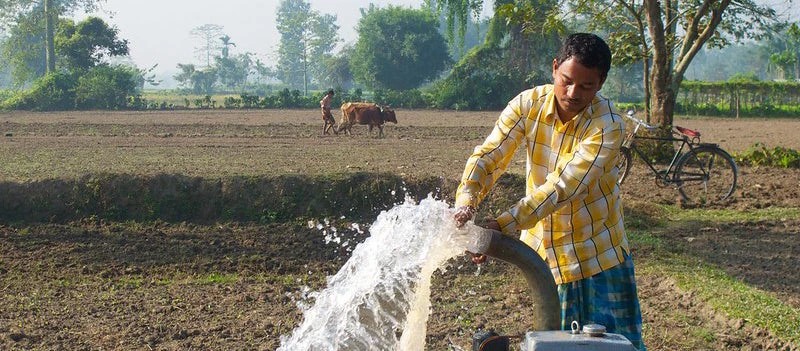
- 24 May 2024
Why is it in the News?
Securing water for the future as the mantra, the Greater Hyderabad Municipal Corporation (GHMC) in the latest intervention has taken up the Shallow Aquifer Management (SAM) model on a pilot basis in the city.
What is an Aquifer?
- An aquifer is a body of porous rock or sediment that is saturated with groundwater.
- Groundwater enters an aquifer through precipitation that seeps down through the soil.
- It can then move through the aquifer and emerge at the surface via springs and wells.
- Aquifers are classified into two types:
- Deep Aquifers
- Shallow Aquifers
What is Shallow Aquifer Management (SAM)?
- In 2022, the Atal Mission for Rejuvenation and Urban Transformation (AMRUT) launched a Shallow Aquifer Management (SAM) pilot program in ten cities across nine states:
- Bengaluru (Karnataka), Chennai (Tamil Nadu), Dhanbad (Jharkhand), Gwalior (Madhya Pradesh), Hyderabad (Telangana), Jaipur (Rajasthan), Kolkata (West Bengal), Pune and Thane (Maharashtra), and Rajkot (Gujarat).
- The SAM pilot is overseen by the National Institute of Urban Affairs (NIUA) and supported by the Advanced Center for Water Resources Development and Management (ACWADAM) in Pune and the Biome Environmental Trust in Bengaluru.
- Under SAM, the Greater Hyderabad Municipal Corporation (GHMC) has identified five municipal parks for implementation this year.
How does it work?
- The project involves drilling shallow water injection borewells to depths of 100-120 feet to extract water from shallow aquifers.
- This process helps recharge the underlying layers during rainfall events by collecting water from the surrounding watershed and directing it through recharge pits.
- Consequently, underground water layers are replenished, leading to a rise in the water table.
Tropical Cyclone Remal
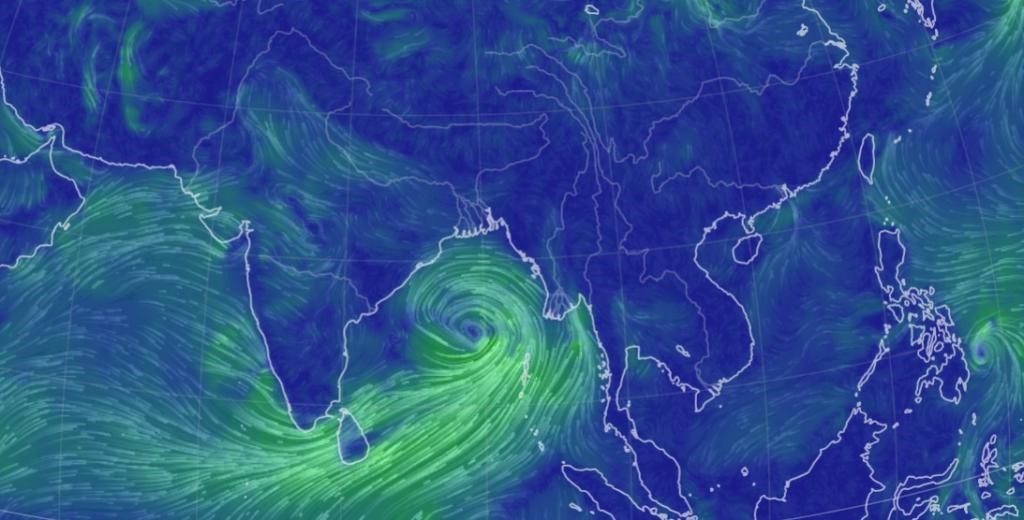
- 24 May 2024
Why is it in the News?
The first cyclone in the Bay of Bengal this pre-monsoon season, Cyclone Remal, is expected to make landfall between Sagar Island in West Bengal and Bangladesh's Khepupara on Sunday midnight.
About Cyclone Remal:
- The IMD has forecasted that a depression in the Bay of Bengal is likely to concentrate into a severe cyclonic storm and make landfall between Sagar Island in West Bengal and Khepupara in Bangladesh around May 26 midnight.
Name of the cyclone:
- If the cyclone is formed, it will be named 'Remal', which means 'sand' in Arabic.
- The cyclone has been named ‘Remal’, according to a system of naming cyclones in the Indian Ocean region.
- A standard naming convention is followed for tropical cyclones forming in the North Indian Ocean, including the Arabian Sea and the Bay of Bengal.
- As the IMD is a part of the Regional Specialised Meteorological Centres (RSMCs), it gives names to the tropical cyclones after consulting 12 other countries in the region.
- The name 'Remal' has been suggested by Oman which means 'sand' in Arabic.
What is a Tropical Cyclone?
- A tropical cyclone is a rapidly rotating storm system characterized by a low-pressure centre, strong winds, and a spiral arrangement of thunderstorms that produce heavy rain.
- These cyclones develop over warm tropical or subtropical waters and can cause significant damage due to high winds, heavy rainfall, and storm surges.
How a Tropical Cyclone is Formed?
- Tropical cyclones form over warm ocean waters near the equator.
- The process begins when warm, moist air rises from the ocean surface, creating an area of low pressure.
- This causes surrounding air with higher pressure to move toward the low-pressure area, warming up and rising as well.
- As this air rises and cools, the moisture condenses to form clouds.
- The system of clouds and wind starts to spin and grow, fueled by the ocean's heat.
- When the wind speeds increase sufficiently, an eye forms in the centre of the cyclone.
Characteristics of a Tropical Cyclone:
- Calm Center: The eye of the cyclone is calm and clear, with very low air pressure.
- High Wind Speeds: The average wind speed of a tropical cyclone is around 120 km/h.
- Closed Isobars: These are lines on a weather map that connect areas of equal atmospheric pressure, leading to greater wind velocity.
- Oceanic Origin: Tropical cyclones develop over oceans and seas.
- Movement: They typically move from east to west under the influence of trade winds.
- Seasonal: Tropical cyclones are seasonal phenomena.
How are Cyclones Classified?
- The Indian Meteorological Department (IMD) classifies cyclones based on wind speeds:
- Depression: Wind speeds between 31–49 km/h
- Deep Depression: Wind speeds between 50-61 km/h
- Cyclonic Storm: Wind speeds between 62–88 km/h
- Severe Cyclonic Storm: Wind speeds between 89-117 km/h
- Very Severe Cyclonic Storm: Wind speeds between 118-166 km/h
- Extremely Severe Cyclonic Storm: Wind speeds between 166-221 km/h
- Super Cyclonic Storm: Wind speeds above 222 km/h
Global Species Action Plan (GSAP) SKILLS Platform
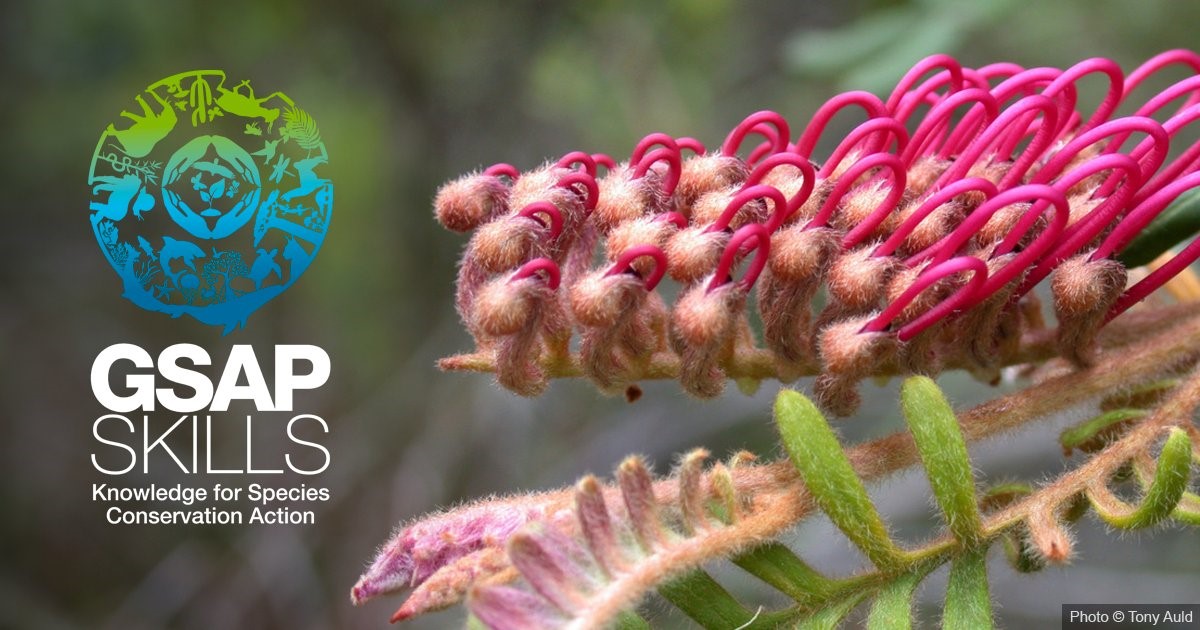
- 24 May 2024
Why is it in the News?
In response to the escalating biodiversity crisis, the Global Species Action Plan (GSAP) is designed to support the implementation of the Kunming-Montreal Global Biodiversity Framework (GBF).
About GSAP SKILLS Platform:
- The Global Species Action Plan (GSAP) SKILLS platform, standing for (Species Conservation Knowledge, Information, Learning, Leverage, and Sharing), brings the GSAP’s content online and enables real-time updates of technical tools and resources.
- This platform aims to facilitate global collaboration and partnership by connecting decision-makers, species conservation practitioners, and experts at all levels.
- It ensures accessibility and relevance by providing real-time updates on technical tools and resources.
- Each target within the Global Biodiversity Framework is accompanied by a summary and rationale for species conservation interventions, actions, and sub-actions, along with the actors involved and the technical tools and resources required, facilitating the scaling-up of implementation efforts.
- Managed proactively by the International Union for Conservation of Nature (IUCN), the platform meets the needs of governments and stakeholders to take decisive action for species conservation.
- The development of the GSAP SKILLS platform has been principally supported by the Ministry of Environment, Republic of Korea, with additional resources from the Tech4Nature Initiative, launched by IUCN and Huawei in 2020.
What is the Global Species Action Plan?
- It has been developed to support the implementation of the Kunming-Montreal Global Biodiversity Framework (GBF) and to address the increasing biodiversity loss worldwide.
- It outlines strategic interventions and actions to conserve and sustainably manage species while ensuring equitable benefits.
About Kunming-Montreal Global Biodiversity Framework:
- The Kunming-Montreal Global Biodiversity Framework (GBF) is an outcome of the 2022 United Nations Biodiversity Conference.
- Its tentative title had been the "Post-2020 Global Biodiversity Framework".
- The GBF was adopted by the 15th Conference of Parties (COP15) to the Convention on Biological Diversity (CBD) on 19 December 2022.
- It has been promoted as a "Paris Agreement for Nature".
- It is one of a handful of agreements under the auspices of the CBD, and it is the most significant to date.
- It has been hailed as a "huge, historic moment" and a "major win for our planet and for all of humanity."
- UN Secretary-General António Guterres speaking at the 2022 biodiversity conference in Montreal which led to this treaty
- The Framework is named after two cities, Kunming, which was scheduled to be the host city for COP15 in October 2020 but postponed and subsequently relinquished the hosting duties due to China's COVID policy, and Montreal, which is the seat of the Convention on Biological Diversity Secretariat and stepped in to host COP15 after Kunming's cancellation.
The League of Arab States (LAS)/Arab League
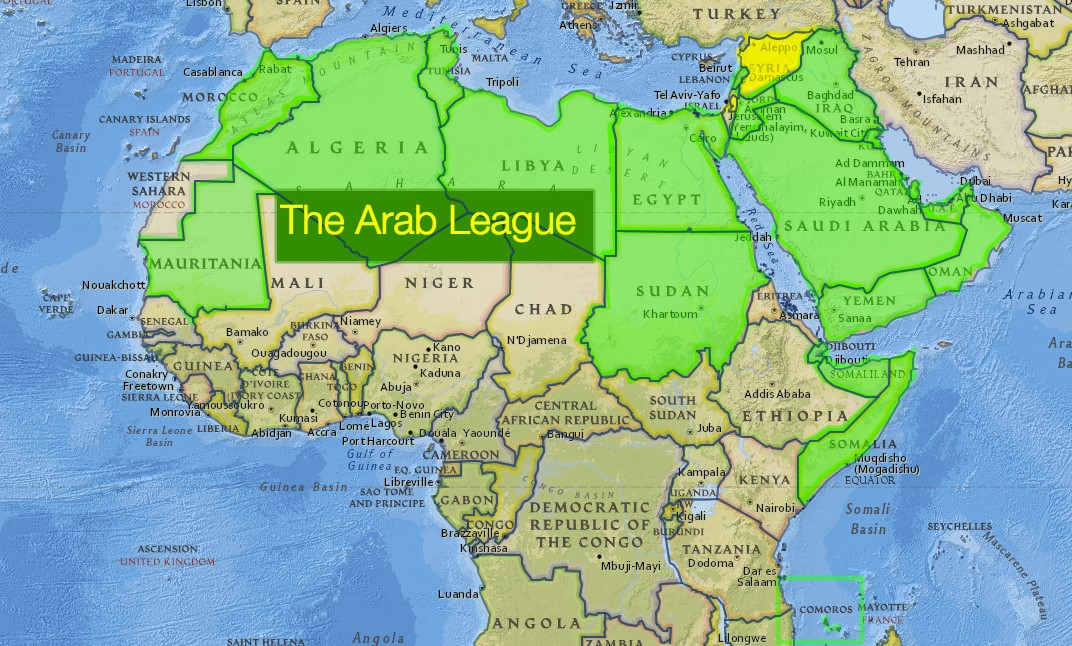
- 24 May 2024
Why is it in the News?
The Arab League called recently for a UN peacekeeping force in the "occupied Palestinian territories" at an international summit dominated by the war between Israel and Hamas.
What is the Arab League?
- The League of Arab States was formed in Cairo on 22 March 1945 with six members: Egypt, Iraq, Transjordan (later renamed Jordan), Lebanon, Saudi Arabia and Syria, with Yemen joining on 5 May 1945.
- It currently has 22 member states; Algeria, Bahrain, Comoros, Djibouti, Egypt, Iraq, Jordon, Kuwait, Lebanon, Libya, Mauritania, Morocco, Oman, Palestinian Authority, Qatar, Saudi Arabia, Somalia, Sudan, Syria, Tunisia, United Arab Emirates and Yemen.
- Four countries have been admitted as observers: Brazil, Eritrea, India and Venezuela.
- Each member state has one vote in the League Council, while decisions are binding only on those states that have voted for them.
- The official language of the Arab League and its 22 member states is Arabic.
- The league seeks to promote the political, social, and military interests of its members.
- The head of the league is known as the secretary-general.
- The secretary-general is appointed to a five-year term by a two-thirds majority of league members.
- Headquarters: Cairo, Egypt.
Goals:
- The overall aim of the league is to promote Arab interests.
- Its main goals are to strengthen and coordinate the political, cultural, economic, and social programs of its members and to try to settle disputes among them or between them and third parties.
- In 1950 the members also agreed to provide military support to help defend each other.
The Arab League Council:
- The League Council is the highest body of the Arab League and is composed of representatives of member states, typically foreign ministers, their representatives, or permanent delegates.
- Each member state has one vote.
- The Council meets twice a year, in March and September. Two or more members may request a special session if they desire.
- The general secretariat manages the daily operations of the league and is headed by the secretary-general.
- The general secretariat is the administrative body of the league, the executive body of the council, and the specialized ministerial councils.
